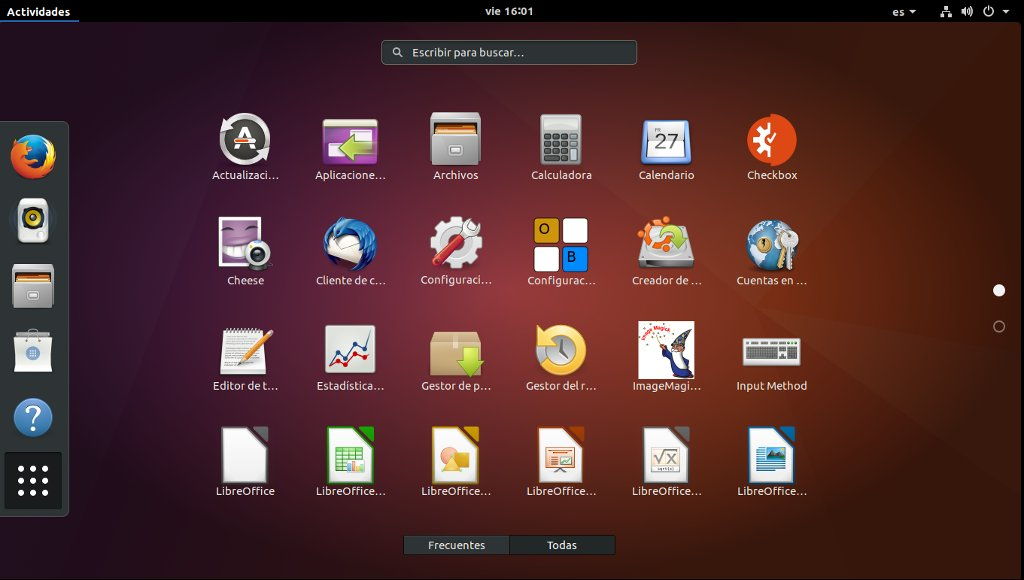

- Linux imagemagick review install#
- Linux imagemagick review update#
- Linux imagemagick review download#
Linux imagemagick review download#
We statically link these during compilation, such that the resulting binary R package that Windows / MacOS users download from CRAN is entirely self contained, and does not require installing anything else other than the R package itself.īuilding and updating these libraries is quite a bit of work. Windows and MacOS do not have system package managers, hence we have to provide our own binaries for imagemagick and dependencies.
Linux imagemagick review update#
Hence on Linux, the maintainers of your distribution have to build and update ImageMagick, and decide which delegates to enable. As you can see, ImageMagick has quite a few dependencies!Īfter libmagick++-dev has been installed, we can run install.packages("magick") in R and it will find and use the version of ImageMagick on your system.
Linux imagemagick review install#
This will install the ImageMagick library, including all (recursive) dependencies. In order to install the magick package on Linux, users have to first install the ImageMagick C++ library by running a command like apt-get install libmagick++-dev. The system package manager provides the imagemagick binaries, and also automatically installs all other system libraries that ImageMagick depends on for the delegates. On Linux systems, ImageMagick is provided by the system package manager, e.g.

which image formats you will be able to read and which other features are supported. This shows which version of ImageMagick the R package has been compiled against, and which of the delegates are enabled for your system, i.e. > library ( magick ) Linking to ImageMagick 6.9.11.57 Enabled features : cairo, fontconfig, freetype, heic, lcms, pango, raw, rsvg, webp Disabled features : fftw, ghostscript, x11 You might have noticed that when you load the magick package in R, it shows something like this: And all of these libraries are constantly being developed, so the stack is a small ecosystem in itself. ImageMagick calls these 3rd party “delegates”. ImageMagick implements a wide range of image manipulation algorithms, but it also depends on many other C/C++ libraries for importing and exporting images in one of the countless image formats that exist these days. The R magick package is a wrapper around the C++ interface from the famous ImageMagick software, which is one of the most widely used open source programs, and over 30 years old! This post briefly explains how this works. If you install the latest version of magick, you will be able to read these formats. R users on Windows / MacOS don’t need to do anything special. Support for these formats was requested by users of the R magick package. Heif is a new library that provides a set of formats for high quality (Ultra HD+) images in HEVC and AV1 format. The raw delegate is based on libraw which allows reading RAW files obtained from digital photo cameras. Over the past year, we did 6 CRAN releases, containing many small features and fixes, but perhaps more importantly, the package is getting betting better due to updates of the underlying ImageMagick library.Īs mentioned in the NEWS, magick 2.6.0 gains support for “raw” and “heif” delegates on Windows and MacOS.


Mogrify overwrites the original files, as you requested, so be sure you really want to do this before pulling the trigger.It has been a while since we posted an update about magick, but behind the scenes we are constantly tweaking and improving this package, which has become a very mature and complete toolkit for image processing in R. You could also add something like -quality 90% after mogrify to reduce file size by lessening the quality. The '>' means it won't resize up just resize down. '3500x3500' might make more sense if some are landscape and some portrait and you don't want to discriminate against the portrait ones, and just want the larger dimension to be around 3500. It will keep aspect ratio and max out at those dimensions. The -i makes it case insensitive.Ĭhange the '3500x2200' as you see fit. If all the regular files in the folders below the current one are images, you can skip the grep step, and if not, you'll want to modify it to include all and only the extensions you have to deal with (–I assumed png, jpg and gif obviously). The command below, either in a script, or just run from the command line, will resize all images in the current folder and any subfolder of the current folder.


 0 kommentar(er)
0 kommentar(er)
